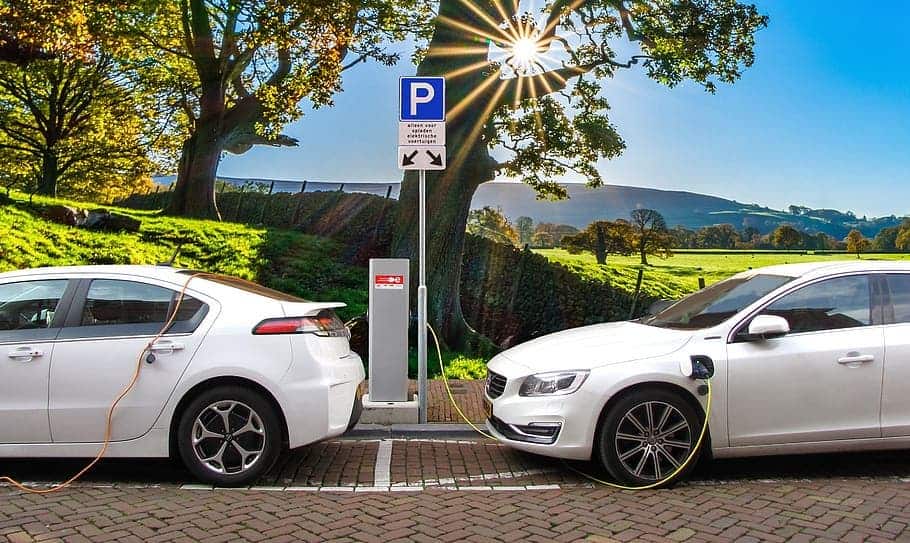
Electric vehicles (EVs) have developed tremendously over the past decade. It’s enough to have a glimpse at Tesla’s hyperinflated stock — which at one point was worth the combined market cap of the nine largest carmakers around the world — to immediately know that people are excited about this new iteration in transportation technology.
But unlike consumers in Europe or China, people in the US are slow to adopt EVs, with only 4% of new cars sold in the country in 2021 being electric. That’s despite many legacy automakers like Ford or General Motors having flooded the market with their own electric models, offering buyers the richest variety of options to choose from so far.
The reasons for this slow adoption are manifold, but according to researchers at the University of Geneva in Switzerland, Americans on the market to buy a new vehicle may be grossly underestimating what an EV could do for them.
In other words, for many Americans, the reasons why an EV wouldn’t be a good fit for them is all in their heads. Here’s why.
The team of researchers led by Mario Herberz, a psychologist at the University of Geneva, interviewed more than 2,000 car owners of different backgrounds from Germany and the United States, asking questions like how often they make certain routine trips, such as commuting to work or driving to the supermarket for groceries, and then following up by asking them how much mileage autonomy they thought an EV would need to complete each task.
According to the results, the participants underestimated how much range they needed from an EV to complete their daily tasks by as much as 30%.
“We observed that the participants systematically underestimated the compatibility of electric battery capacities available on the current market with their real needs,” says Tobias Brosch, director of the Consumer Decision and Sustainable Behavior Laboratory at the University of Geneva.
Given these findings, it may be tempting to think that the solution is to simply invest more in charging stations or higher density batteries. However, in most developed urban areas, charging networks are already of sufficient density for current needs. As for batteries, these are already powerful enough, and increasing their energy density would make the car prohibitively expensive for low- and middle-income buyers, as well as put more strain on the lithium and cobalt supply chain, which is stretched thin as it is.
“It is the provision of information adapted to the concrete needs of drivers that will reduce their concern and increase their willingness to adopt an electric vehicle,” explains Mario Herberz.
More than 90% of the car trips an average person needs can be easily met by an EV with a range of 200 kilometers (124 miles). However, most EVs sold today have an average range of 310 kilometers (190 miles) and some can run as far as 630 kilometers (400 miles) on a full charge.
Herberz and colleagues found that a range beyond 300 kilometers (186 miles) is superfluous for daily needs. ” It would only have a minimal impact on the number of additional trips that can be completed with one electric charge. Increasing the size of the batteries is therefore not a key element in the energy transition,” the researcher added.
This mental block could seriously hamper and slow down the adoption of EVs, which are critically important to decarbonizing the transportation sector. Vehicles that run on fossil fuels account for nearly 20% of global CO2 emissions, but, in 2020, only 1% of the global vehicle fleet was electrified, including hybrids. To meet 2030 climate targets, this proportion would have to jump to 12%.
The findings appeared in the journal Nature Energy.


